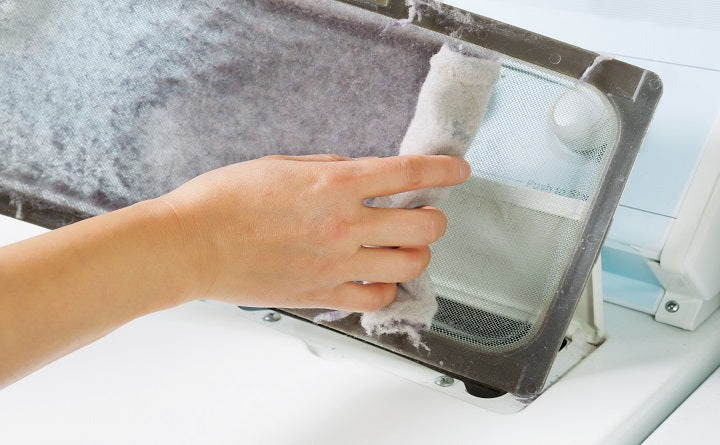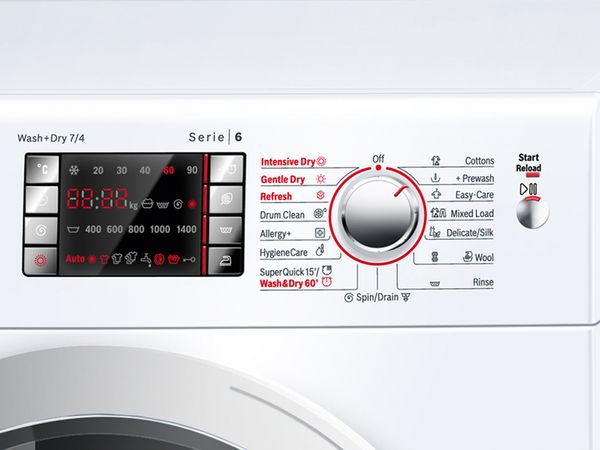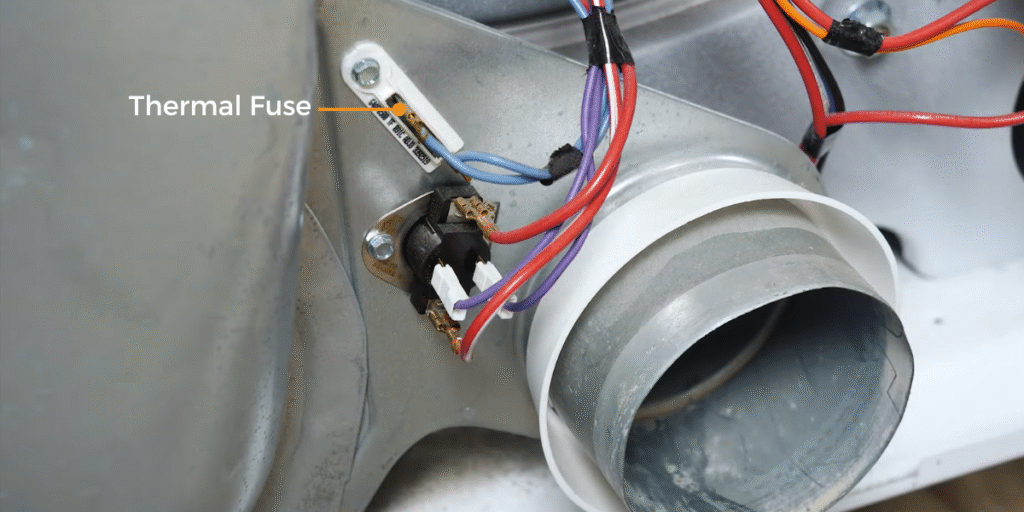Why is My Dryer Not Heating? A Straightforward Guide for Everyday Fixes
There’s nothing more frustrating than pulling out a load of laundry only to find it still damp. If your dryer isn’t heating, you’re certainly not alone—it’s a common household headache that can often be solved without calling in a technician. Before you panic or start pricing out a new appliance, let’s walk through some simple steps to figure out what’s going wrong and how you can fix it.
Check the Basics First
Start with the simplest explanations. Is your dryer plugged in securely? Sometimes, a loose plug or tripped circuit breaker is all that stands between you and warm, dry clothes. Double-check the power source and reset the breaker if necessary. It sounds obvious, but it’s amazing how often this step gets overlooked in the rush to diagnose something more complicated.
Clean Out the Lint Filter and Vent

Believe it or not, one of the main reasons a dryer fails to heat is simply a clogged lint filter or vent. When airflow is restricted, the dryer can’t work efficiently and might even shut down its heating element for safety. Take a moment to thoroughly clean the lint screen and, if possible, check the vent hose at the back for any blockages. This kind of maintenance is crucial—not just for fixing heating issues, but also for preventing potential fire hazards.
Inspect the Dryer Settings

Sometimes the fix is as easy as selecting the right setting. Double-check that you haven’t accidentally chosen “air fluff” or a no-heat option on your control panel. Modern dryers come with a surprising number of modes, and it’s easier than you’d think to pick the wrong one, especially if someone else used the machine before you.
Test the Thermal Fuse

If the basics check out but your dryer still won’t heat, the thermal fuse might have blown. This little device acts as a safety feature, shutting off the heat if the dryer overheats. If you’re comfortable with basic DIY, unplug the dryer and locate the fuse (usually behind the rear panel). If it’s blown, replacing it is relatively inexpensive—but remember, a blown fuse usually means something else is wrong, like a clogged vent.
Look at the Heating Element

For electric dryers, the heating element itself could be the culprit. Over time, these elements can burn out. If you’ve covered the above steps and still have no heat, you might need to replace the heating element. It’s a bit more involved and may require some online video guidance or a handy friend, but it’s not impossible for the average homeowner.
Still Stumped? Get Honest Guidance Before You Call for Help
If you’ve tried all the above and your dryer still won’t heat, it might be time to seek a bit more expert advice—but not necessarily a repair call just yet. Before spending money on parts or service, consider checking out Appliance Rescue. Appliance rescue is packed with honest reviews, side-by-side comparisons, and practical maintenance tips to help you make an informed decision about your next steps.
Final Thoughts
Dryers are essential household helpers, and a loss of heat doesn’t always mean an expensive repair or replacement. With a little troubleshooting and regular maintenance, you can keep your machine running efficiently for years to come. And if you ever feel unsure, don’t hesitate to turn to trustworthy sources for advice—sometimes, all you need is a fresh perspective to solve the problem.
